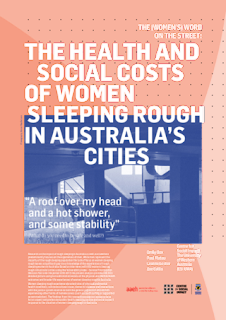Weight gain over the festive season is a major contributor to excess yearly weight gain, especially for people who are already carrying more weight than they would like.
But rather than fearing the fare on offer, a few simple considerations when preparing food for Christmas can keep it fun and fulfilling, and healthy too
The Cancer Council suggest these tips to help keep the extra kilos at bay which not only includes increasing fruit and vegetable but has cancer prevention benefits too.
The Cancer Council suggest these tips to help keep the extra kilos at bay which not only includes increasing fruit and vegetable but has cancer prevention benefits too.
Source: pixabay
















































